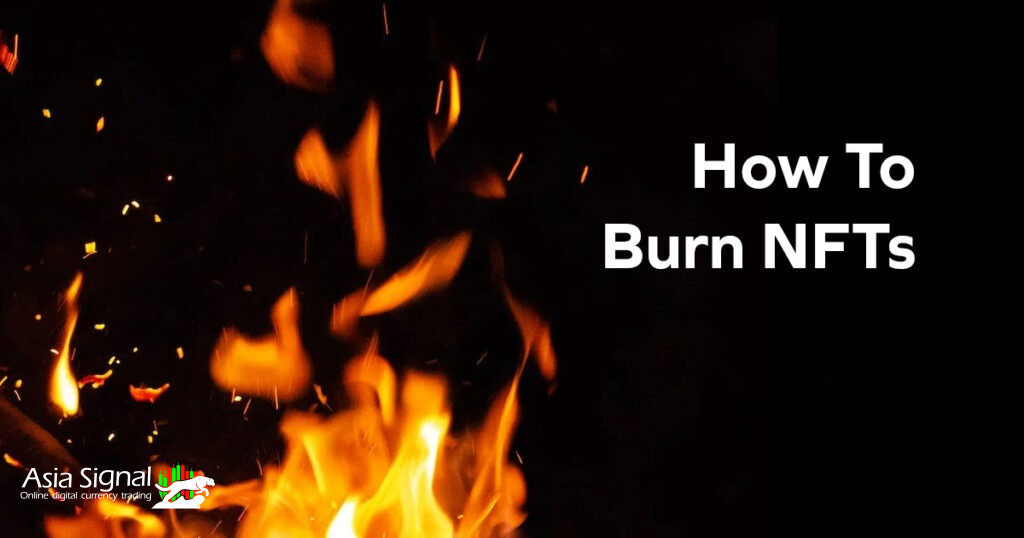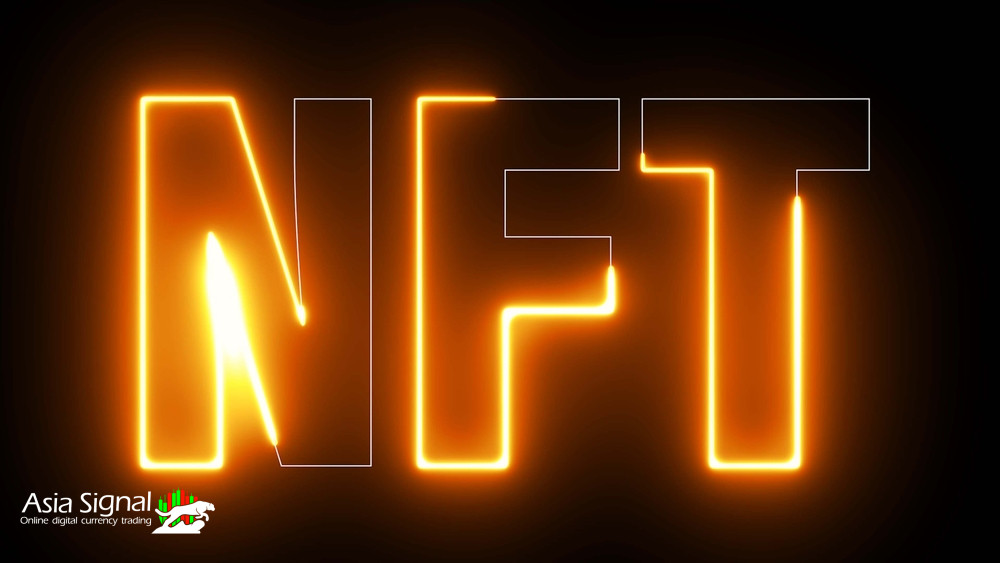Understanding Burn NFT in the Crypto Space: An In-Depth Exploration
Introduction:
In recent years, the emergence of Non-Fungible Tokens (NFTs) has revolutionized the digital asset landscape, offering unique opportunities for creators and collectors alike. One concept that has gained traction within the NFT community is the idea of burning NFTs. In this article, we will delve into the intricacies of burn NFTs in the crypto space, exploring what it means, why it matters, and how it impacts the NFT ecosystem.

What is Burn NFT?
Burning NFTs refers to the irreversible process of destroying or removing a specific NFT from circulation on the blockchain. Unlike traditional assets, NFTs are indivisible and cannot be divided into smaller units. Therefore, burning an NFT effectively eliminates its existence as a tradable asset, making it inaccessible for future transactions.
Reasons for Burning NFTs:
1. Scarcity and Exclusivity: Burning NFTs can create scarcity and exclusivity within a collection, thereby increasing the value of the remaining assets. By reducing the supply of a particular NFT, creators can enhance its desirability among collectors, driving up demand and price.
2. Quality Control: Some creators may choose to burn NFTs to maintain the quality and integrity of their collections. By removing low-quality or unauthorized assets from circulation, they can uphold the standards of their brand and ensure that only genuine and valuable pieces are available to collectors.
3. Legal and Compliance Reasons: In certain cases, NFTs may need to be burned due to legal or compliance issues. For example, if an NFT infringes upon copyright or intellectual property rights, the creator or platform may be required to remove it from circulation to avoid legal repercussions.
4. Environmental Concerns: The environmental impact of blockchain technology, particularly in proof-of-work (PoW) networks like Ethereum, has raised concerns about energy consumption and carbon emissions. Burning NFTs can help mitigate these concerns by reducing the overall carbon footprint of the blockchain ecosystem.
How Burning NFTs Works:
The process of burning NFTs typically involves the execution of smart contracts on blockchain platforms that support NFTs. Smart contracts are self-executing contracts with predefined conditions and actions encoded within them. Here's a simplified overview of how burning NFTs works:
1. Selection: The owner of an NFT decides to burn it, usually through their digital wallet or a platform interface.
2. Smart Contract Execution: The owner initiates a transaction that triggers a smart contract programmed to handle the burning process. The smart contract verifies the ownership of the NFT and executes the burning function, removing the NFT from circulation.
3. Confirmation: Once the burning process is complete, the blockchain confirms the transaction, and the NFT is permanently destroyed. A record of the burned NFT may be retained on the blockchain for transparency and auditability purposes.

Implications of Burning NFTs:
1. Economic Impact: Burning NFTs can have significant economic implications, affecting supply and demand dynamics within the NFT market. By reducing the supply of a specific NFT, burning can drive up its scarcity premium, leading to higher prices and increased value for remaining assets.
2. Market Dynamics: The act of burning NFTs can influence market sentiment and investor behavior. Depending on the context and rationale behind the burn, it may signal confidence in the long-term value of a collection or project, thereby attracting more investors and collectors.
3. Community Engagement: Burning NFTs can foster community engagement and loyalty among collectors and enthusiasts. When done transparently and for legitimate reasons, it demonstrates a commitment to quality, authenticity, and responsible stewardship of digital assets.
4. Environmental Sustainability: From an environmental perspective, burning NFTs can contribute to the sustainability of blockchain networks by reducing energy consumption and carbon emissions associated with maintaining and transacting NFTs. This aligns with the growing emphasis on eco-friendly practices within the crypto space.
Case Studies:
To illustrate the real-world applications of burning NFTs, let's examine a few notable case studies:
1. CryptoPunks: In May 2021, Larva Labs, the creators of CryptoPunks, announced plans to burn a portion of the collection's supply. This decision aimed to enhance the scarcity and value of existing CryptoPunks by reducing the total supply and increasing their rarity.
2. Bored Ape Yacht Club (BAYC): The Bored Ape Yacht Club, another popular NFT collection, has implemented burning as a mechanism to reward community members and enhance the value of their NFTs. Through various events and initiatives, BAYC has burned NFTs to distribute rewards, promote engagement, and maintain scarcity within the collection.
3. Art Blocks: Art Blocks, a platform for generative art NFTs, has embraced burning as a means of quality control and curation. By burning poorly received or low-quality projects, Art Blocks maintains the integrity and reputation of its curated marketplace, ensuring that only high-quality and innovative artworks are showcased.
Future Outlook:
As the NFT market continues to evolve and mature, burning NFTs is likely to become an increasingly common practice among creators, platforms, and collectors. The ability to manage supply, enhance value, and promote sustainability through burning offers new opportunities for innovation and growth within the NFT ecosystem.
Conclusion:
Burning NFTs represents a powerful tool for creators and platforms to manage supply, enhance value, and promote sustainability within the NFT ecosystem. By understanding the motivations, mechanisms, and implications of burning NFTs, stakeholders can navigate the evolving landscape of digital assets and contribute to the responsible development of the crypto space..
AsiaSignal has collected the best Crypto VIP signals for you.

















Comments